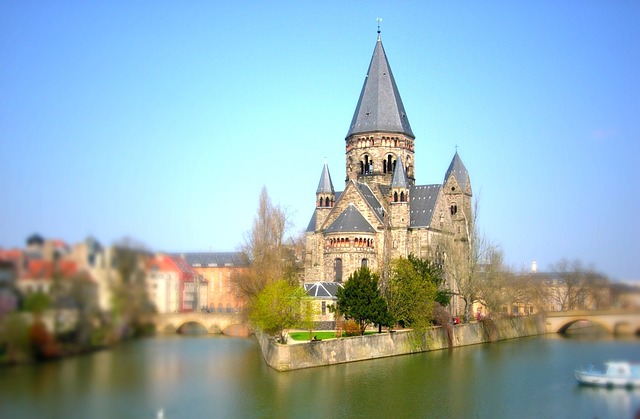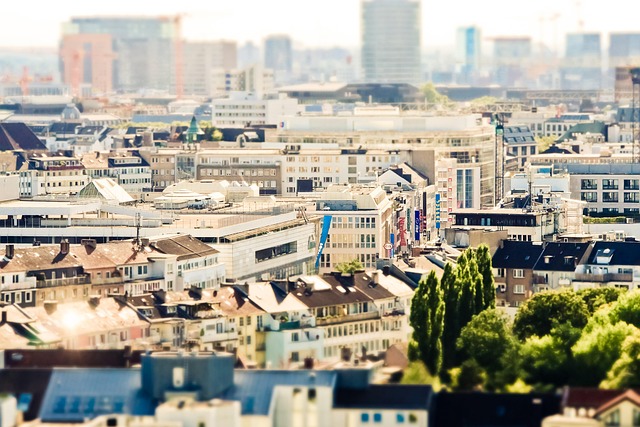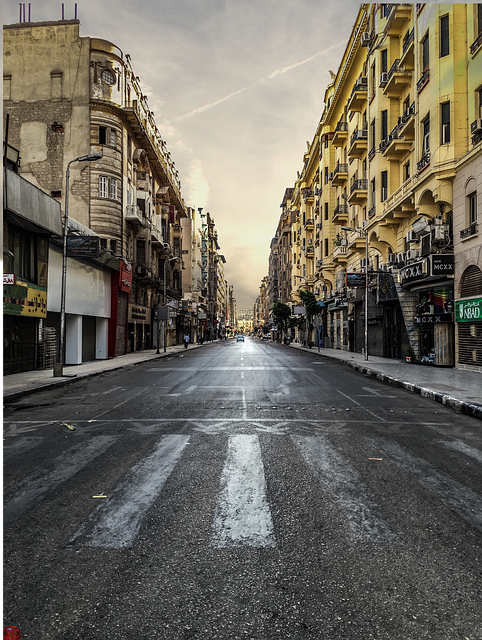Gentrification boosts real estate markets by attracting young professionals seeking urban lifestyles. This influx triggers a positive cycle of investment, business growth, and improved amenities, driving up property values in previously undervalued areas. While it renews cities, it also threatens affordability for long-time residents, endangering community diversity and cohesion. Real estate pros monitor these dynamics to predict market shifts and capitalize on opportunities while managing social implications.
Gentrification is transforming urban landscapes, driving a rapid surge in property values. This phenomenon, characterized by the influx of affluent residents and subsequent redevelopment, presents a complex web of opportunities and challenges for real estate markets. Understanding the dynamics behind gentrification is crucial for navigating its effects on communities and ensuring sustainable growth. Explore the factors fueling this trend, delving into its profound implications for urban real estate.
Understanding Gentrification Dynamics in Real Estate
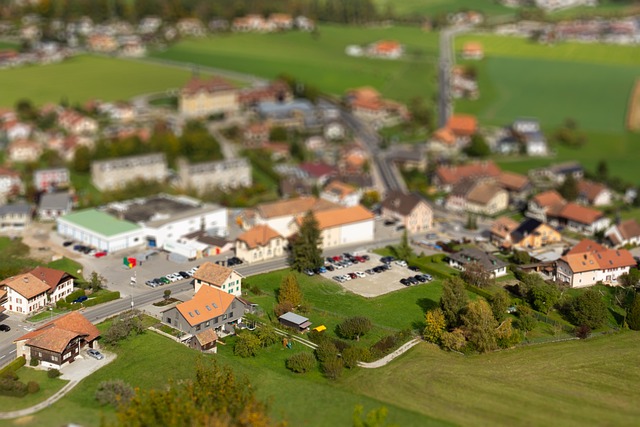
Gentrification is a complex process that significantly impacts real estate markets, leading to rapid property value appreciation. It often begins with an influx of new residents seeking affordable housing in areas that have experienced decline or neglect. As these individuals move in, they bring with them a desire for revitalization and investment. Local businesses start to flourish, new restaurants open their doors, and the area’s overall vibrancy improves. This positive transformation attracts even more potential buyers and renters, driving up demand and pushing property values higher.
Real estate agents and investors closely monitor these dynamics as they can predict market trends and capitalize on emerging opportunities. Gentrification offers a unique scenario where once undervalued properties can become highly desirable assets within a relatively short time frame. However, it’s essential to understand the potential social implications, as long-time residents may face challenges in affording the rising costs associated with their neighborhoods’ newfound popularity.
The Rapid Rise of Property Values: Factors at Play
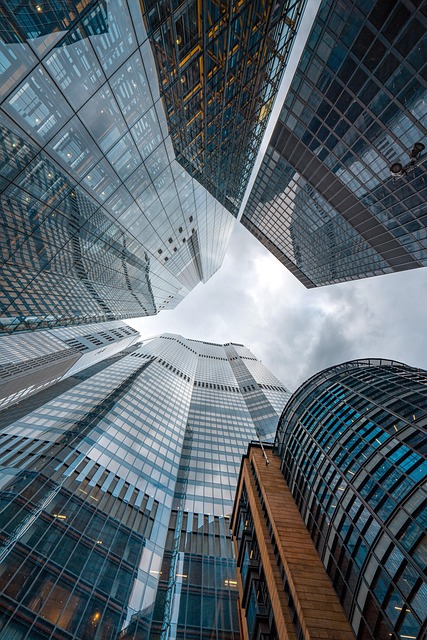
In many cities, gentrification has led to a rapid and significant increase in real estate property values. This phenomenon is driven by various factors that create a positive feedback loop. As areas experience gentrification, new investments pour in, leading to renovations and an improved infrastructure. This, in turn, attracts more residents seeking modern amenities and higher-quality living environments, further boosting demand and driving up prices.
Key elements contributing to this rise include the influx of younger, affluent professionals who are willing to pay premium rates for urban lifestyles. Increased foot traffic and business development also play a role, as vibrant neighborhoods become destinations for dining, entertainment, and shopping. Additionally, government incentives and policies can accelerate the process by offering tax breaks or subsidies for developers, making investments in these areas more attractive.
Impact and Implications for Urban Communities
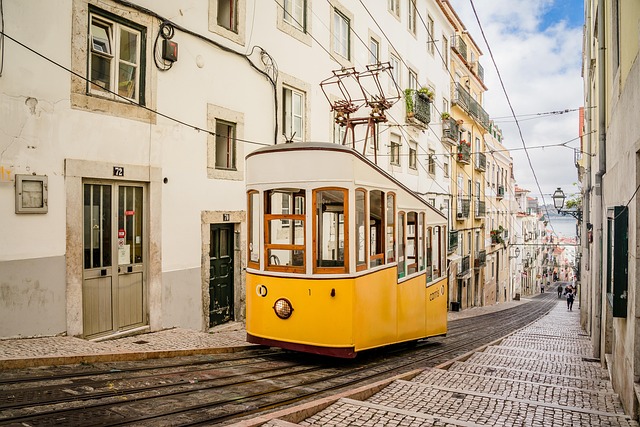
Gentrification’s rapid increase in property values presents a double-edged sword for urban communities. On one hand, it revitalizes neighborhoods, attracts new businesses, and enhances infrastructure, leading to improved living standards. This process can bring much-needed investment and resources to areas previously overlooked, fostering economic growth and community pride.
However, the implications for existing residents are significant. As property values soar, long-time inhabitants often find themselves displaced due to rising rental costs and homeownership expenses. This phenomenon threatens the cultural diversity and social fabric of urban communities, as affluent newcomers may overshadow and marginalize longstanding residents. Balancing the benefits of real estate development with the need to preserve affordable housing and community cohesion is an ongoing challenge in rapidly gentrifying cities.
